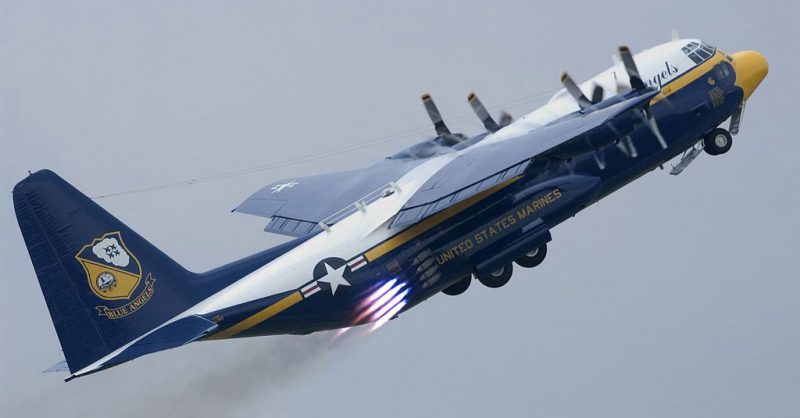“Desperate times call for desperate measures” is a sentence that best describes Operation Credible Sport. In situations when conventional solutions have failed and when conventional experience and training are simply not enough, one has to resort to original, very often unusual ideas. The 1980 Iran Hostage Crisis was definitely such a situation.
Iran Hostage Crisis
The position where the United States and Iran are standing today was established back at the end of 1970’s. In 1979, relations between the two countries went from perfect to hostile in matter of just few months.
Before the situation in Iran became turbulent, the country was ruled by the U.S. supported monarch, Shah Mohammad Reza Pahlavi. His reign over Iran was marked by the terror of his secret police, or SAVAK.
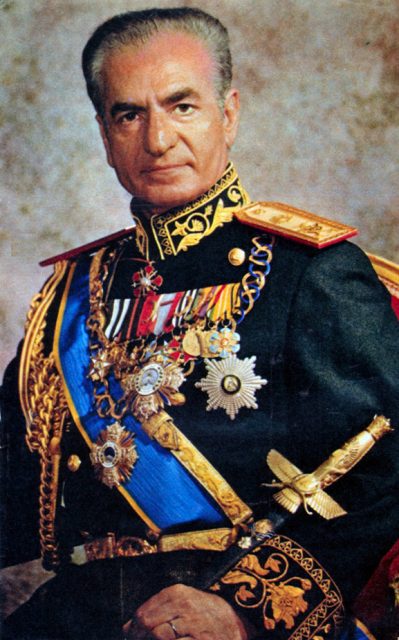
In late 1977 the unhappiness of the people erupted into demonstrations. With the rise of discontent, actions against the Shah became more and more serious.
Finally, feeling that his safety was in question, the Shah left the country for the United States in January 1979. Later that year, Iranians proclaimed the Islamic Republic under the guide of Ayatollah Ruhollah Khomeini.
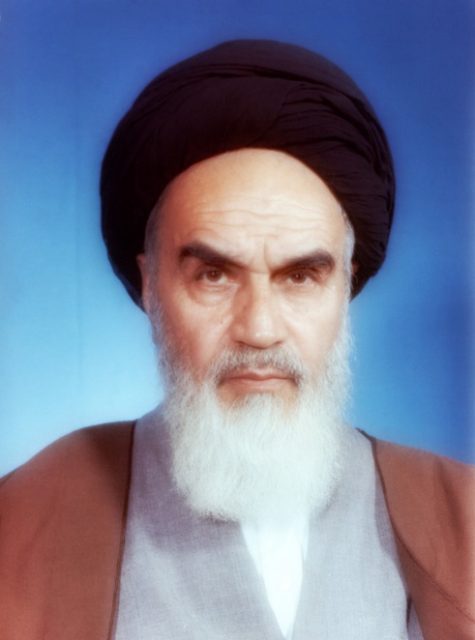
As soon as the new government took control, relations with the United States began to decline rapidly. Iranians demanded the extradition of the Shah, so he could be tried for crimes against his people. After American government refused to comply, the capital of Iran, Tehran, was struck by a series of anti-American demonstrations.
During one of these, on November 4, 1979, demonstrators rallied at the U.S. embassy and took the entire contingent of 52 men and women as hostages until the Shah was extradited.
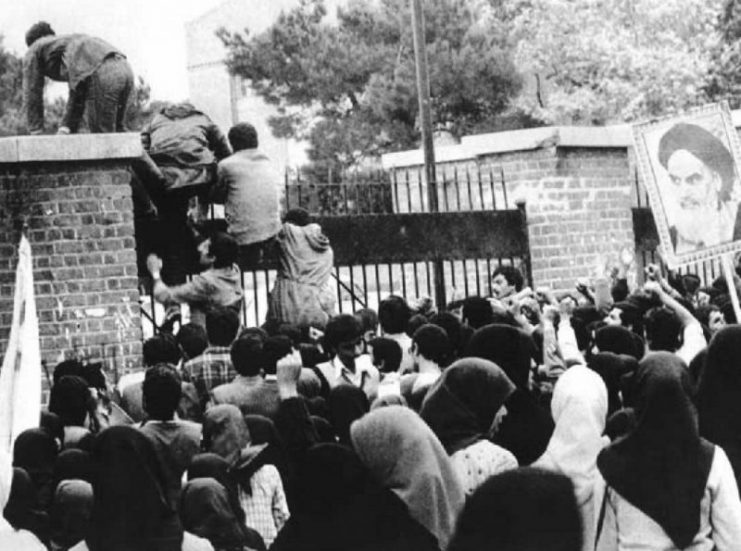
Operation Eagle Claw
All American efforts to solve the problem with negotiations and by appealing to diplomatic immunity granted by international law were futile. United States President Jimmy Carter therefore decided to engage the armed forces in order to release the hostages.
Naturally, the first option was to use the proven approach. The plan was to storm the embassy in Tehran using the newly formed “Delta Force” and to evacuate the staff using Sea Stallion helicopters.
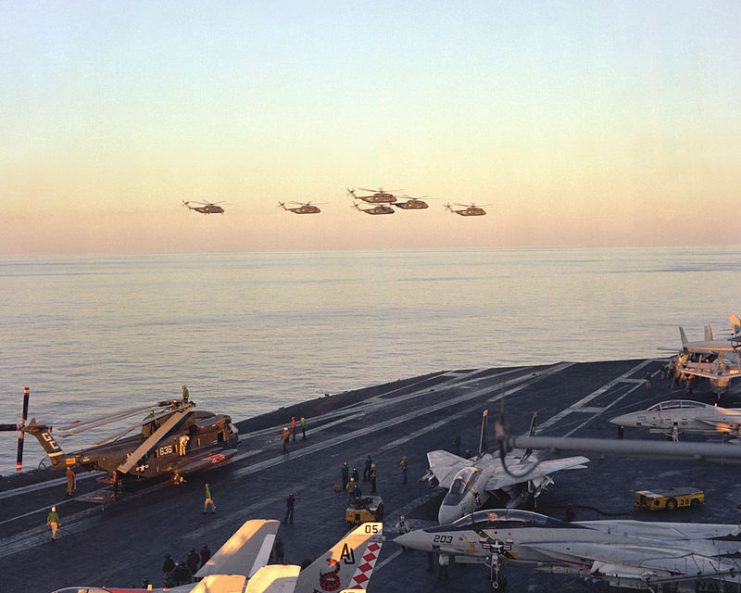
Operation Eagle Claw on April 24, 1980 ended up being one of the most humiliating moments in American military history. After the entire operation was canceled due to the malfunction of a few helicopters, one of the remaining helicopters crashed into a nearby plane as it was taking off for retreat. Crashing into a fully tanked airplane resulted in a huge explosion and the deaths of 8 servicemen.

The fiasco of Eagle Claw didn’t change the president’s will to solve the hostage situation. He was determined to rescue the embassy staff with the use of force.
The birth of Operation Credible Sport
In order to provide assistance to the Office of Secretary of Defense, a special organization was formed. It was named the Joint Test Directorate, and was also called “Honey Badger.” The organization became responsible for coordinating various projects and exercises in order to find the most suitable way of solving the hostage crisis.
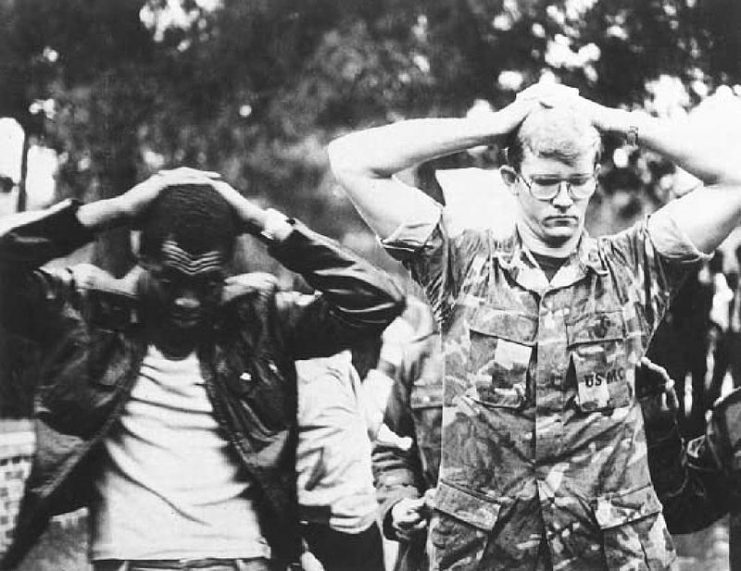
One of their projects, which also included the Air Force, the Navy, and the Lockheed-Georgia Company, seemed the most likely to succeed. It was codenamed Operation Credible Sport.
The plan was to insert the Delta Forces into the embassy so they could eliminate the kidnappers and lead the hostages to safety at the nearby Amjadien stadium. There, the hostages would be picked up by a C-130 Hercules airplane.
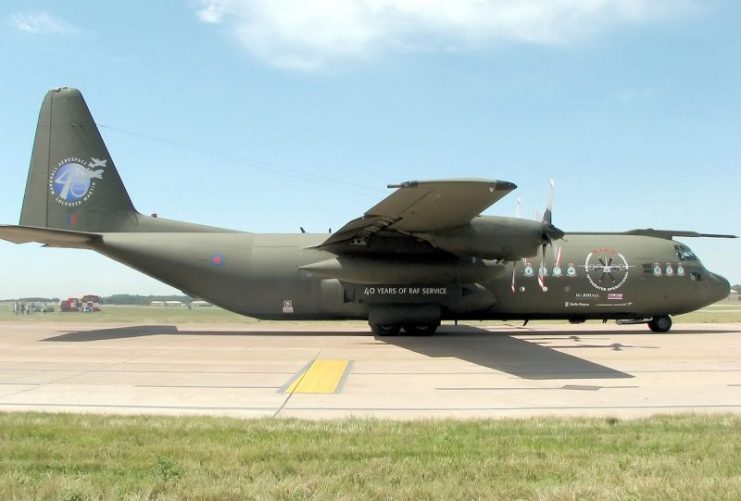
For this task, three C-130s were selected from the 463rd Tactical Airlift Wing. Two of them would fly to Iran and reach Tehran by flying low in order to evade Iranian air defenses. After the hostages were rescued, they would be taken to an aircraft carrier in the Persian Gulf.
The C-130 Hercules aircraft was picked as it was the best and fastest transport aircraft in the Army that was capable of landing on unprepared surfaces. Since it was first put in use in 1954, Hercules have participated in all major American military operations, especially establishing its worth during the Vietnam War.
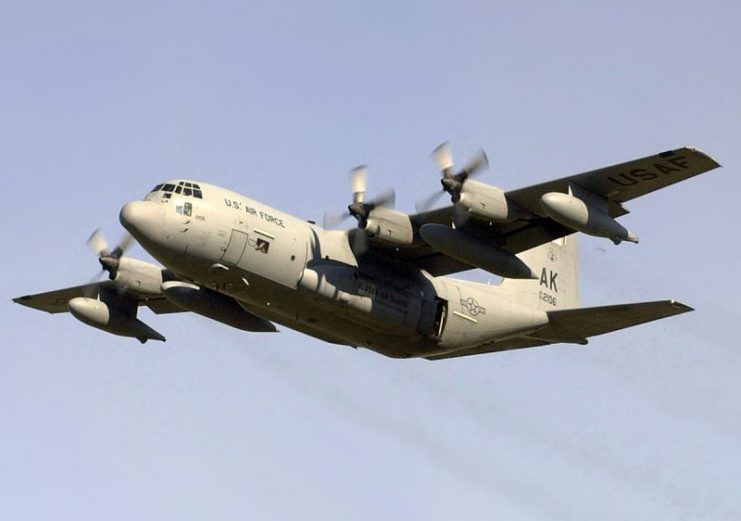
However, the length of the stadium field in Tehran was not more than 500 ft. Therefore the C-130s had to be modified to use such a small area for landing and take-off.
Modification of the C-130
The task to create a super short take-off and landing (STOL) aircraft was given to Lockheed, the company that originally designed the C-130. The whole team was given only 90 days to finish the project. On June 27, 1980 the first trials started.
The first idea was to use JATO bottles to enhance the take-off thrust. However, after detailed calculations were made by Lockheed experts, they concluded that a C-130 would need a total of 58 supersized JATO bottles. Since so many bottles would significantly increase the overall weight of the aircraft, that idea was quickly abandoned.
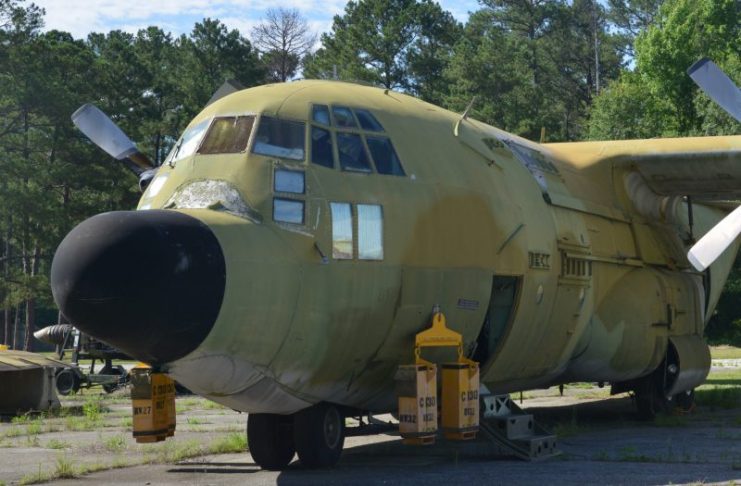
At the end of August 1980, project leaders had the idea to use 30 rocket motors instead. By locating them in specific spots on the fuselage, these would both enhance the take-off and reduce the stopping distance of the aircraft.
As a take-off assist, eight MK-56 rockets pointing rearward were mounted on the back end of the fuselage. These rockets were otherwise used for the RIM-66 Standard surface-to-air missiles and had a lot of thrust.
Eight ASROC anti-submarine missile rockets were arranged around the front fuselage. Pointed forward, these assisted in stopping the aircraft. In order to soften the descent of the plane, eight AGM-45 Shrike rockets were mounted above the wheels.
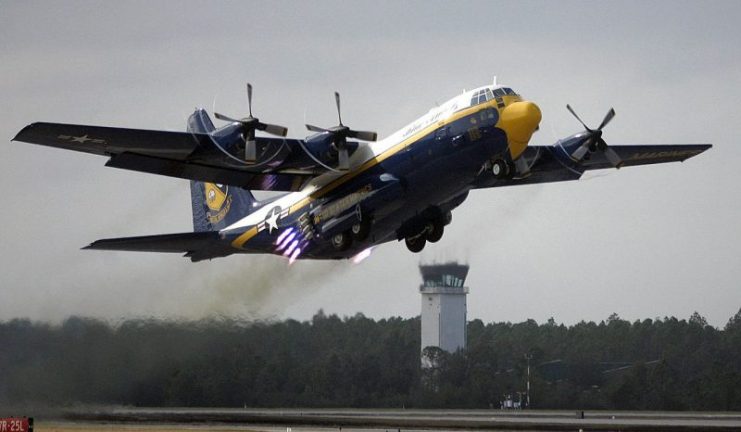
Additionally, four Shrikes were mounted on wing pylons in order to prevent the plane from over-yawing, and two more ASROCs were located on the tail.
In order for the plane to withstand the thrust of the rockets, its fuselage had to be reinforced. Other necessary features included modified fins, flaps, ailerons, and a tailhook for landing on an aircraft carrier. The modified C-130s also had improved avionics such as Terrain Following/Avoidance Radar and a GPS navigation system.
Modified planes were designated as XFC-130H. After four months of hard work, modifications were complete on the first of the three C-130s.
The Accident
On October 29, 1980 everything was ready at Eglin Air Force Base for the full profile trial of the first XFC-130H. Its Air Force serial number was 74-2065.
The take-off was impeccable, showing the full strength of the MK-56 rockets. The landing, however, was the highlight of the day. As the pilots prepared to land, they decided to manually control the rockets because they thought that the computer in charge of rocket control needed more calibration.
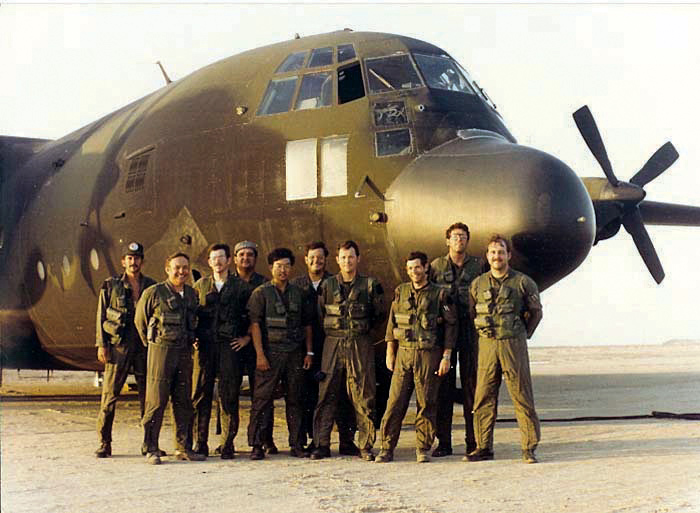
To make a perfect landing, the pilot had to fire the front rockets in a precisely determined order. The top four ASROCS had to be fired at the height of around 20 feet. The bottom four could be fired only after the aircraft touched the ground.
The pilot of 74-2065 fired the top four rockets at the predefined height. However, the rockets’ glare blinded him so much that he believed that the plane had touched the airstrip when it actually hadn’t, so he prematurely fired the bottom four rockets.
The plane stopped almost immediately while still in the air, leaned toward the starboard side, and fell, breaking the starboard wing. Luckily for the crew, the airfield rescue team quickly extinguished the fire, so no one from the team was injured.
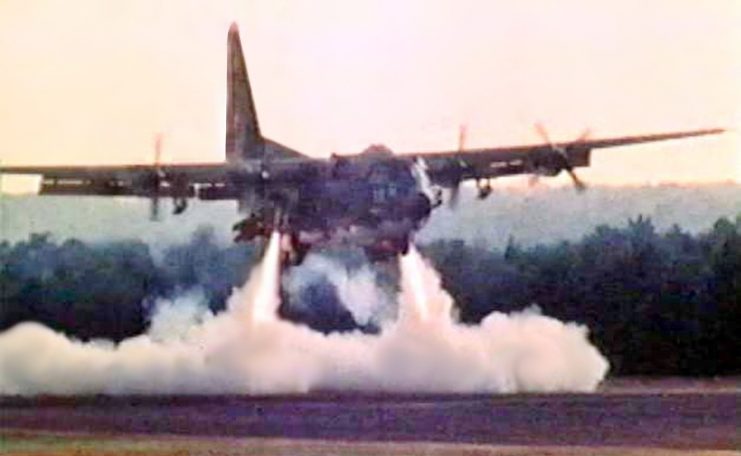
The project, on the other hand, suffered a major blow. The project team didn’t give up on their idea, but with the prototype plane destroyed, they had to build another one–and time was running out.
The end of the project
As valuable time ticked away, events that followed led to the abandonment of the project. On November 4, 1980 the U.S. presidential election was held. Jimmy Carter lost the election to Ronald Reagan.
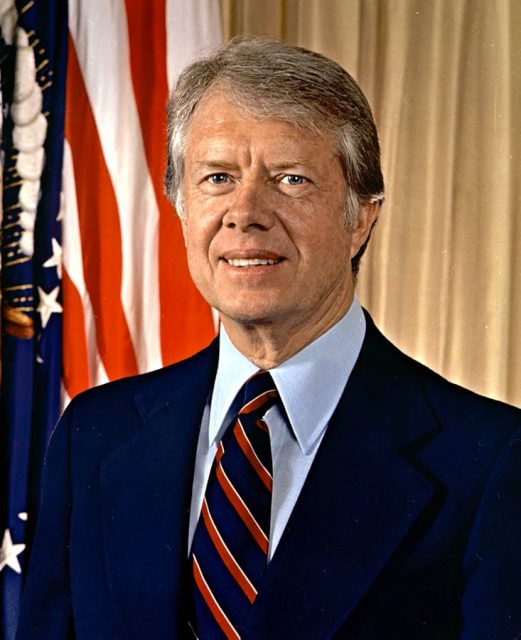
With the departure of President Carter, his ideas on how to rescue the hostages in Tehran were gone as well. The new administration took a completely different approach and on January 19, 1981 the U.S. signed the Algeria Declaration agreement with Iran. By the articles of the Agreement all 52 hostages were set free.
Read another story from us: Netanyahu and the Israeli Raid on Entebbe
Even though a new modified C-130 with serial number 74-1686 was almost completed, Operation Credible Sport was terminated. Since there was now no use for it, the plane was taken to Robins Air Force base in Georgia.
There, under the cover of Operation Credible Sport II, engineers continued to improve the design until the end of 1982. The project was finally abandoned for not being cost-effective.
